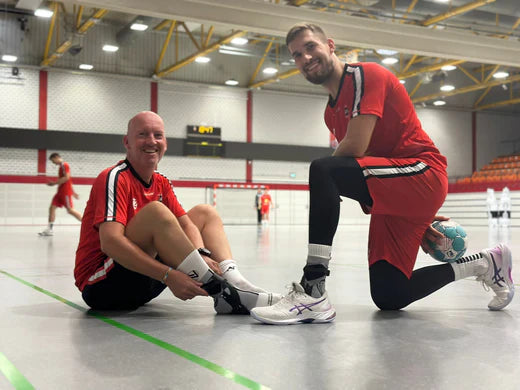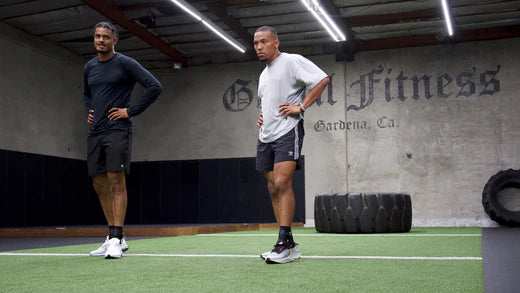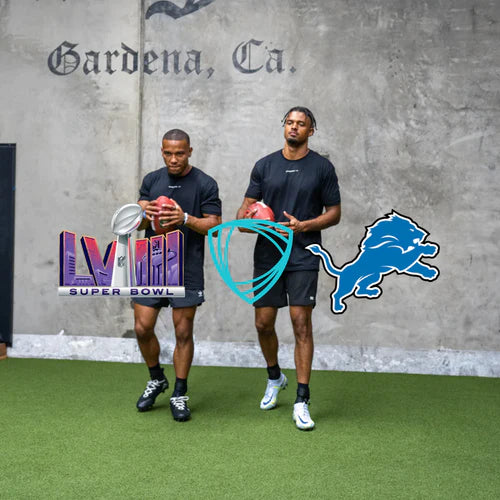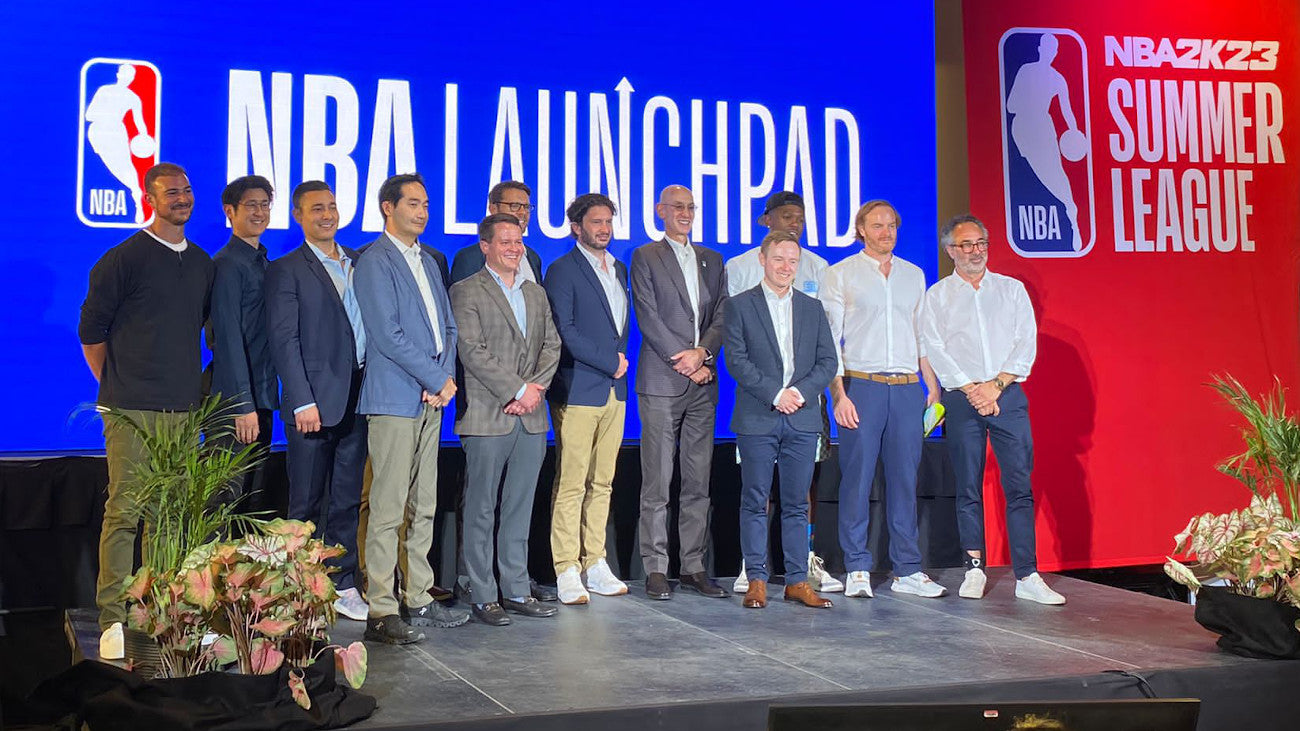Today I dealt with the topic of ankle bandages. Doesn't sound particularly exciting. What do they have to be able to do? Sure, restrict the ankle to prevent twisting .
Some are extremely firm, give good support, but much movement is no longer possible. Or they're not that tight, allowing for a little more movement, but when the going gets really tough, it's not enough to prevent a (re-) twist .
If I tape an ankle, I have a little more options. Individually, I can only restrict individual directions of movement and leave unproblematic movements largely free in movement. But here, too, the motto is: if firm, then firm.
If you play or train regularly with bandages over a long period of time, the body loses its ability to stabilize the joint itself . Our body works according to the motto: “ use it or lose it ”.
What sets Betterguards apart from other ankle wraps and tape
The Betterguards team had a good idea here: if you twist your ankle, it always happens at high speed , usually through unpredictable movements . The musculature, which in this case should support the joint capsule and ligaments, is not fast enough for this and the passive structures are injured.
The aim was therefore to completely allow the slower, controlled movements and only to support the ligaments and capsule instead of the muscles if the movement was (too) fast. If that works, it would have enormous advantages for a physiological movement and thus for the whole body.
If I limit the function of the foot, I put the knee in a different position, which in turn affects the hip, pelvis and thus the spine. Betterguards wanted to improve this problem with a new technology . I wanted to take a closer look to see if that worked.
My test experiences of the Betterguards ankle bandage
Unlike other bandages, the ankle bandage The BetterGuard is not delivered in a plastic bag or a simple cardboard box. Even the packaging with the hologram seal makes a high-quality impression , which is reflected in the materials used. That creates a certain amount of trust .
The size is determined in a diagram from the two parameters of shoe size and ankle circumference. The bandage itself consists of a kind of sock with reinforcements, a kind of narrow belt system that is fixed with 2 Velcro fasteners. At the other end of the straps is a kind of piston that looks like a small shock absorber. However, it turns out that its function is directly the opposite.
This piston can be pulled out a few centimetres. But only if you move it at normal speed. This means that when I walk with the bandage, all directions of movement are free . Because the piston moves in and out with movement. However, if I bend my ankle outwards and the piston is suddenly pulled, it blocks and no longer allows any movement. Just like the seat belt in the car with a sudden pull. This counteracts twisting .
In order to judge whether The BetterGuard works, the subjective opinion of the athletes remains. The handball players I asked about this all felt mobile, but still safe . However, it is difficult to judge how much these statements are worth, since they are certainly not to be evaluated as a scientifically reliable study. I also ran with the bandage and did various jumps and mobility exercises with it and hardly felt restricted . But of course I didn't get into a situation where the mechanism was triggered and had to protect my ankle.
You can find a test series by Prof. Dr. Steffen Willwacher from the biomechanics department at Offenburg University, who carried out comparative tests with classic ankle orthoses and The BetterGuard on 20 athletes. Here it was confirmed that the protective effect in critical situations is just as good as that of classic orthoses, but the freedom of movement and wearing comfort are significantly better. I can definitely confirm this impression of greater comfort and more freedom of movement .
What is the final conclusion?
I think that classic ankle orthoses certainly have and will keep their right to exist after acute injuries. In the acute phase, I absolutely want to avoid excessive movement and thus pulling on the injured structure , regardless of the speed .
As soon as active stability is trained again and when it comes back to the field as well as in the preventive area, The BetterGuard is without a doubt a game changer . This is where The BetterGuard can fully exploit its advantages over classic orthoses and tape . I think that's exactly where Betterguards sees itself. So e.g. For example, a quote from former NBA player Daniel "Bobby" Gibson of the Cleveland Cavaliers is printed in the box:
"This product can prevent younger athletes from going through what I had to go through".
He had to end his career prematurely due to various ankle injuries.
About the author
Dennis Finke has been a physiotherapist for the German national handball team and the professional handball team TuS N-Lübbecke for many years. In his physiotherapy practice in Minden, he specializes in back and joint problems.





